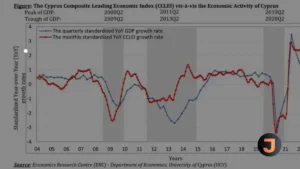**Netflix’s “Drive to Survive” Fuels a New Generation of F1 Enthusiasts**
As the roar of engines heralds the start of the 2024 Formula One season, a different kind of buzz has been generated off the track, thanks to the Netflix series “Drive to Survive.” The sports documentary, which has been captivating millions since its 2019 debut, is now recognized as a pivotal factor behind F1’s soaring popularity.
The latest installment of “Drive to Survive” offers an intimate look at the 2023 season, weaving a narrative through all 22 races. Described as a “soap opera of sport,” it captures the essence of competition with its tales of triumph and tribulation, heroes and villains. This high-quality production has not only entertained but also served as an invaluable marketing tool for Formula One, significantly rejuvenating its viewership.
Remarkably, the series has reduced the average age of F1 TV viewers from 44 to 32, a demographic shift that is highly prized by advertisers and broadcasters concerned about engaging Gen Z audiences. Other sports have taken note, with Netflix now hosting behind-the-scenes series for golf (“Full Swing”), tennis (“Break Point”), and rugby union (“Full Contact”), all vying for the attention of streaming audiences.
However, the unique allure of “Drive to Survive” may be challenging to emulate. With its glamorous settings, rich storytelling, and extensive cast, it stands apart from other sports documentaries. Liberty Media, which acquired Formula One in 2017, has been instrumental in backing the show, recognizing its potential to extend F1’s reach beyond traditional motorsport enthusiasts.
Formula One’s complexity and reliance on technology can make it less accessible to television audiences. Yet, “Drive to Survive” bridges this gap by delving into the personal stories behind the helmets, allowing viewers to connect with the sport on an emotional level.
While print media continues to play a role in storytelling, digital platforms have taken precedence in shaping public narratives. Liberty Media’s strategy reflects an understanding that it operates not just in sports but also in the entertainment industry.
As the new F1 season unfolds, Liberty Media and fans alike will be hoping that the real-world drama matches the excitement generated by “Drive to Survive.” While the series sets the stage, it is ultimately the unpredictable nature of live sport that will keep audiences engaged and attract new fans to the world of Formula One.
*Article adapted from insights by Raymond Boyle and Richard Haynes, Professors specializing in Communications and Media Sport respectively. Originally published by The Conversation under a Creative Commons licence.*






